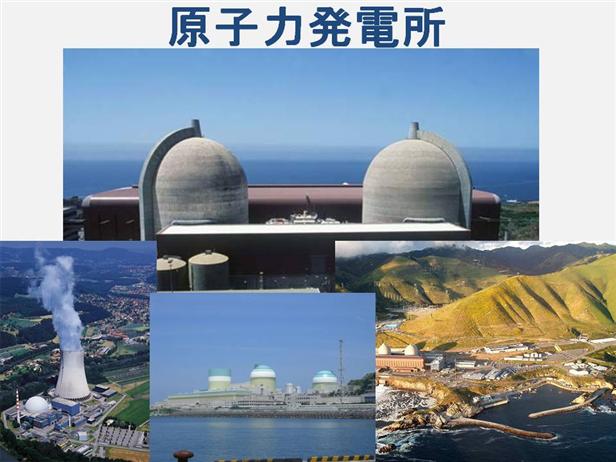| front |1 |2 |3 |4 |5 |6 |7 |8 |9 |10 |11 |12 |13 |14 |15 |16 |17 |18 |19 |20 |21 |22 |23 |24 |25 |26 |27 |28 |29 |30 |31 |32 |33 |34 |35 |36 |37 |38 |39 |40 |41 |42 |43 |44 |45 |46 |47 |48 |49 |50 |51 |52 |53 |54 |review |
 |
The World Nuclear Industry Status Report 2009 states that "even if Finland and France each builds a reactor or two, China goes for an additional 20 plants and Japan, Korea or Eastern Europe add a few units, the overall worldwide trend will most likely be downwards over the next two decades". With long lead times of 10 years or more, it will be difficult to maintain or increase the number of operating nuclear power plants over the next 20 years. The one exception to this outcome would be if operating lifetimes could be substantially increased beyond 40 years on average. This seems unlikely since the present average age of the operating nuclear power plant fleet in the world is 25 years. However, China plans to build more than 100 plants, while in the US the licenses of almost half its reactors have already been extended to 60 years, and plans to build more than 30 new ones are under consideration. Further, the U.S. NRC and the U.S. Department of Energy have initiated research into Light water reactor sustainability which is hoped will lead to allowing extensions of reactor licenses beyond 60 years, in increments of 20 years, provided that safety can be maintained, as the loss in non-CO2-emitting generation capacity by retiring reactors "may serve to challenge U.S. energy security, potentially resulting in increased greenhouse gas emissions, and contributing to an imbalance between electric supply and demand." In 2008, the International Atomic Energy Agency (IAEA) predicted that nuclear power capacity could double by 2030, though that would not be enough to increase nuclear's share of electricity generation. |